
The United States Military Academy (USMA), also known metonymically as West Point or simply as Army, is a United States service academy in West Point, New York. It was originally established as a fort, since it sits on strategic high ground overlooking the Hudson River with a scenic view, 50 miles (80 km) north of New York City. It is the oldest of the five American service academies and educates cadets for commissioning into the United States Army.
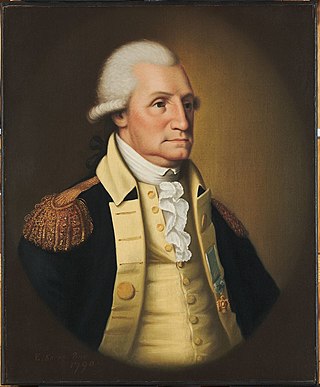
The Society of the Cincinnati is a fraternal, hereditary society founded in 1783 to commemorate the American Revolutionary War that saw the creation of the United States. Membership is largely restricted to descendants of military officers who served in the Continental Army.

Fraunces Tavern is a museum and restaurant in New York City, situated at 54 Pearl Street at the corner of Broad Street in the Financial District of Lower Manhattan. The location played a prominent role in history before, during, and after the American Revolution. At various points in its history, Fraunces Tavern served as a headquarters for George Washington, a venue for peace negotiations with the British, and housing federal offices in the Early Republic.
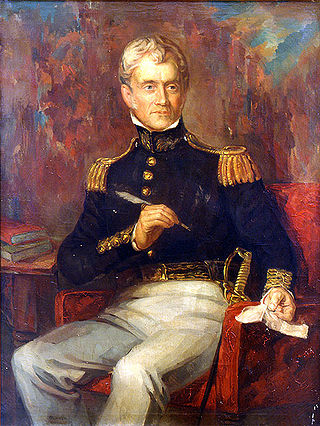
Colonel and Brevet Brigadier General Sylvanus Thayer also known as "the Father of West Point" was an early superintendent of the United States Military Academy at West Point and an early advocate of engineering education in the United States.

Lawrence Rush "Rick" Atkinson IV is an American author, most recently of The British Are Coming: The War for America, Lexington to Princeton, 1775–1777, the first volume in the Revolution Trilogy. He has won Pulitzer Prizes in history and journalism.

The Commander-in-Chief's Trophy is awarded to each season's winner of the American college football series among the teams of the U.S. Military Academy, the U.S. Naval Academy, and the U.S. Air Force Academy.
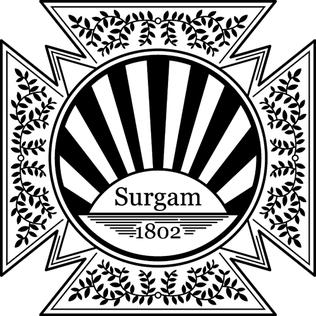
The Philolexian Society of Columbia University is one of the oldest college literary and debate societies in the United States, and the oldest student group at Columbia. Founded in 1802, the Society aims to "improve its members in Oratory, Composition and Forensic Discussion." The name Philolexia is Greek for "love of discourse," and the society's motto is the Latin word Surgam, meaning "I shall rise." The society traces its roots to a literary society founded by Alexander Hamilton in the 1770s.

Samuel Fraunces was an American restaurateur and the owner/operator of Fraunces Tavern in New York City. During the Revolutionary War, he provided for prisoners held during the seven-year British occupation of New York City (1776-1783), and claimed to have been a spy for the American side. At the end of the war, it was at Fraunces Tavern that General George Washington said farewell to his officers. Fraunces later served as steward of Washington's presidential household in New York City (1789–1790) and Philadelphia (1791–1794).

West Point Cemetery is a historic cemetery on the grounds of the United States Military Academy in West Point, New York. It overlooks the Hudson River, and served as a burial ground for Revolutionary War soldiers and early West Point inhabitants long before 1817, when it was officially designated as a military cemetery.
Thomas Hickey was a Continental Army soldier in the American Revolutionary War, and the first person to be executed by the Continental Army for "mutiny, sedition, and treachery".
Wentworth Military Academy and College was a private two-year military college and high school in Lexington, Missouri. Wentworth was one of six total military junior colleges in the United States. The institution was founded in 1880 and closed in 2017.

The Army Black Knights football team, previously known as the Army Cadets, represents the United States Military Academy in college football. Army is a Division I Football Bowl Subdivision (FBS) member of the NCAA. The Black Knights play home games in Michie Stadium with a capacity of 38,000 at West Point, New York. The Black Knights are coached by Jeff Monken, who has held the position since 2014. Army claims three national championships from 1944 to 1946. In addition, major selectors have awarded Army championships in 1914 and 1916. Army has produced 24 players and four coaches in the College Football Hall of Fame, 37 consensus All-Americans, and three Heisman Trophy winners.
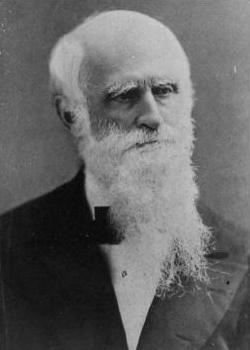
Henry Brewerton was a career engineering officer in the United States Army, serving as the superintendent of the United States Military Academy and then as a colonel in the Union Army during the American Civil War. He was nominated for appointment to the grade of brevet brigadier general in the Regular Army by President Andrew Johnson on December 11, 1866, to rank from March 13, 1865, and the United States Senate confirmed the appointment on February 23, 1867.
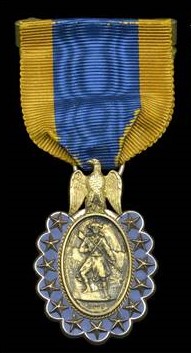
Sons of the Revolution is a hereditary society which was founded in 1876 and educates the public about the American Revolution. The General Society Sons of the Revolution headquarters is a Pennsylvania non-profit corporation located at Williamsburg, Virginia. The Society is governed by a board of managers, an executive committee, officers, standing committees and their members, and staff. The General Society includes 28 State Societies and chapters in the United States, as well as Europe.

Asa Bird Gardiner was a controversial American soldier, attorney, and district attorney for New York County from 1898 to 1900.
The history of the United States Military Academy can be traced to fortifications constructed on the West Point of the Hudson River during the American Revolutionary War in 1778. Following the war, President Thomas Jefferson signed legislation establishing the United States Military Academy (USMA) on the site in 1802. In 1817 the academy was transformed by the appointment of Sylvanus Thayer who drastically reformed the curriculum.

John Austin Stevens Jr. was a leader of business, an adviser of government and a student of the American Revolution. While he was born to a prominent banking family with political connections, it was his interest in U.S. history and his founding of Sons of the Revolution for which he is best known.
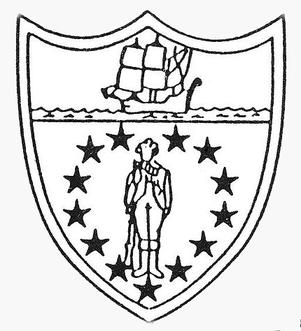
The Order of the Founders and Patriots of America (OFPA) is a non-profit, hereditary organization based in the United States that is dedicated to promoting patriotism and preserving historical records of the first colonists and their descendants. The Order is made up of "Associates" who trace their ancestry back to colonists who settled between May 13, 1607 to May 13, 1657, and who also have ancestors in the same male ancestral line who served in the American Revolution.

















